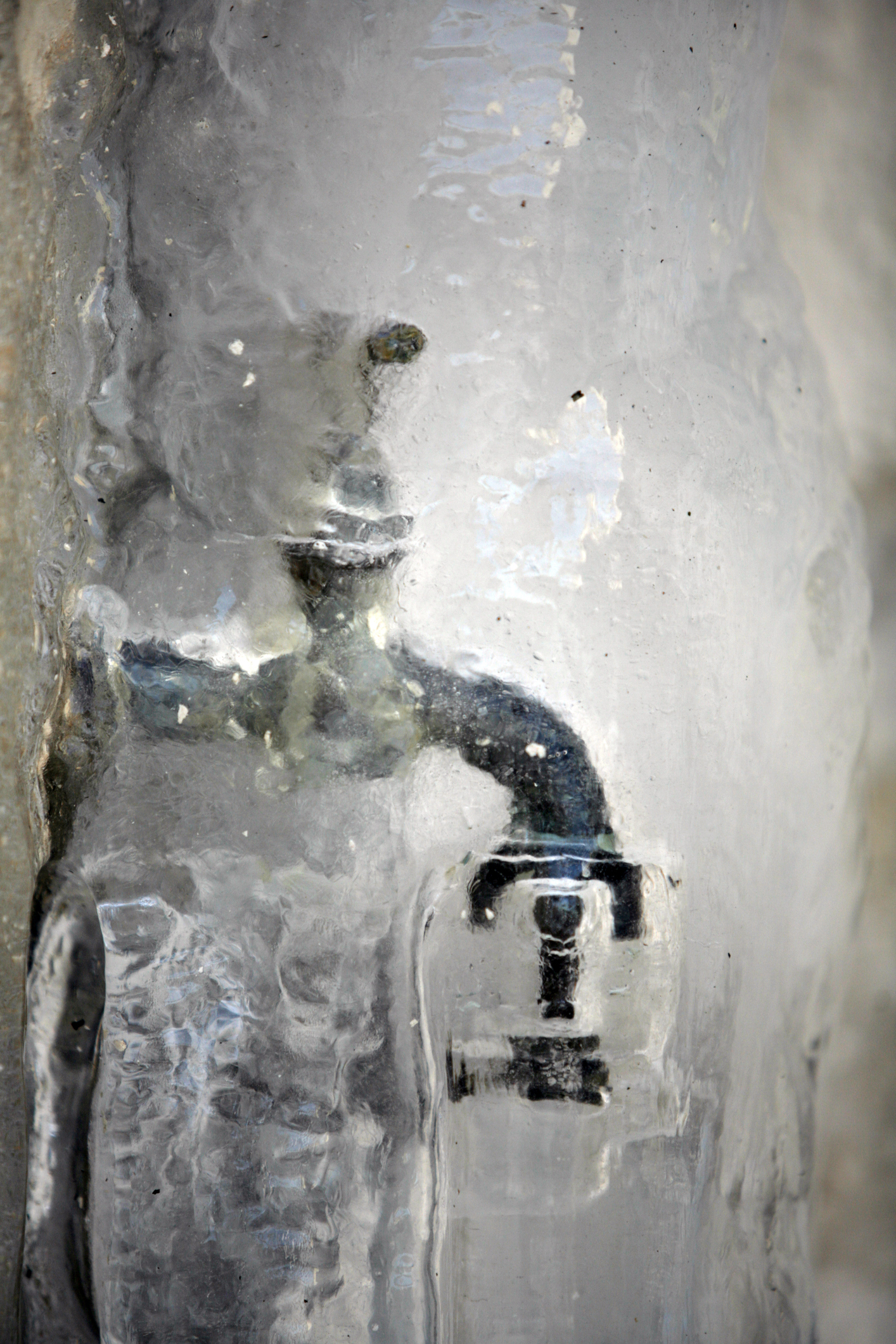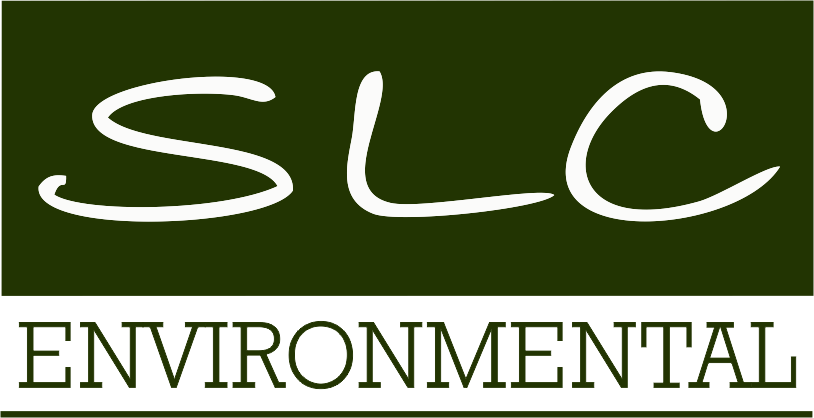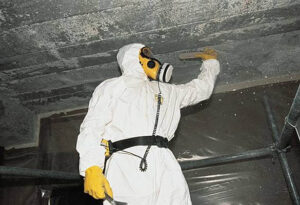Preventing Mould Growth After the Canadian Thaw: Protecting Your Home and Health
Preventing Mould Growth After the Canadian Thaw: Protecting Your Home and Health

The spring thaw brings a sigh of relief after a long Canadian winter. But melting snow can also create ideal conditions for mould growth within your home. Mould spores are ever-present in the environment, and excess moisture provides the perfect opportunity for them to flourish. Mould growth can not only damage your property but also pose health risks to your family.
Symptoms of Mould Exposure
While some individuals may not experience any symptoms, mould exposure can trigger a variety of health problems, including:
- Respiratory issues like coughing, wheezing, and difficulty breathing
- Sinus congestion and irritation
- Eye irritation
- Skin irritation
- Headaches
- Fatigue
The severity of symptoms can vary depending on the type of mould, the individual's sensitivity, and the length of exposure.
5 Tips to Prevent Mould Growth After Snow Melt
The Canadian Centre for Housing Technology (CCHT) recommends taking proactive measures to prevent mould growth in your home. Here are 5 key tips from SLC Environmental:
-
Address Roof Leaks and Exterior Drainage: Ensure your roof is properly sealed and gutters are clear to prevent water from entering your home. Melting snow can overwhelm clogged gutters, leading to leaks and moisture intrusion.
-
Promote Proper Ventilation: During the spring thaw, maintain good ventilation throughout your home. Open windows whenever possible to allow moisture to escape. Consider using exhaust fans in kitchens and bathrooms during high-moisture activities, such as showering or cooking.
-
Inspect Your Basement and Crawl Space: Basements and crawl spaces are particularly susceptible to moisture problems. Regularly inspect these areas for signs of leaks, condensation, or dampness. Address any underlying moisture issues promptly. Invest in a dehumidifier to control humidity levels, ideally maintaining a level below 60%.
-
Dry Wet Areas Immediately: Don't let spills or leaks sit unattended. Address them quickly to prevent moisture buildup. Dry any damp surfaces with a clean, absorbent cloth and allow for proper airflow to promote drying.
-
Consider Professional Inspection: If you suspect mould growth or have persistent moisture problems, consider contacting a qualified professional for an inspection and remediation plan. This can help ensure thorough identification of the mould type and safe removal according to Canadian regulations outlined by the Canadian Mortgage and Housing Corporation (CMHC).
SLC Environmental: Your Indoor Air Quality Partner
At SLC Environmental, we offer comprehensive Indoor Air Quality (IAQ) assessments that include mould testing and identification. Our certified technicians can help you identify potential moisture problems and create a plan to address them. Contact SLC Environmental Inc. today to safeguard your home and your family's health from the risks of mould growth.
Remember: Early detection and prevention are key to maintaining a healthy indoor environment and protecting your property from costly mould damage. By following these tips and seeking professional advice when needed, you can ensure a safe and comfortable home for your family throughout the spring and beyond.


